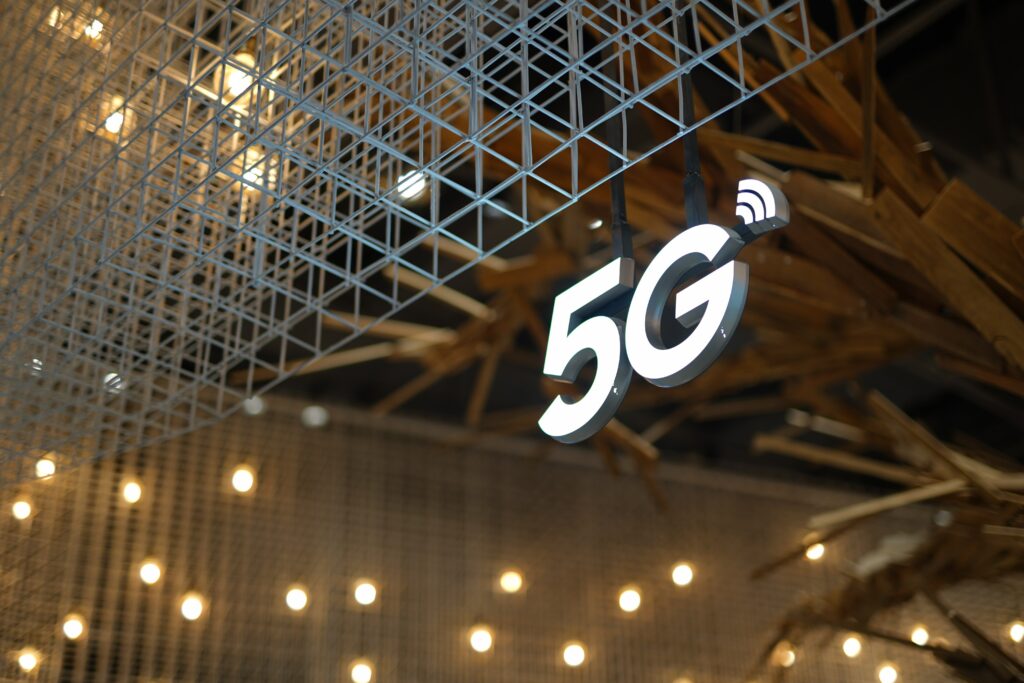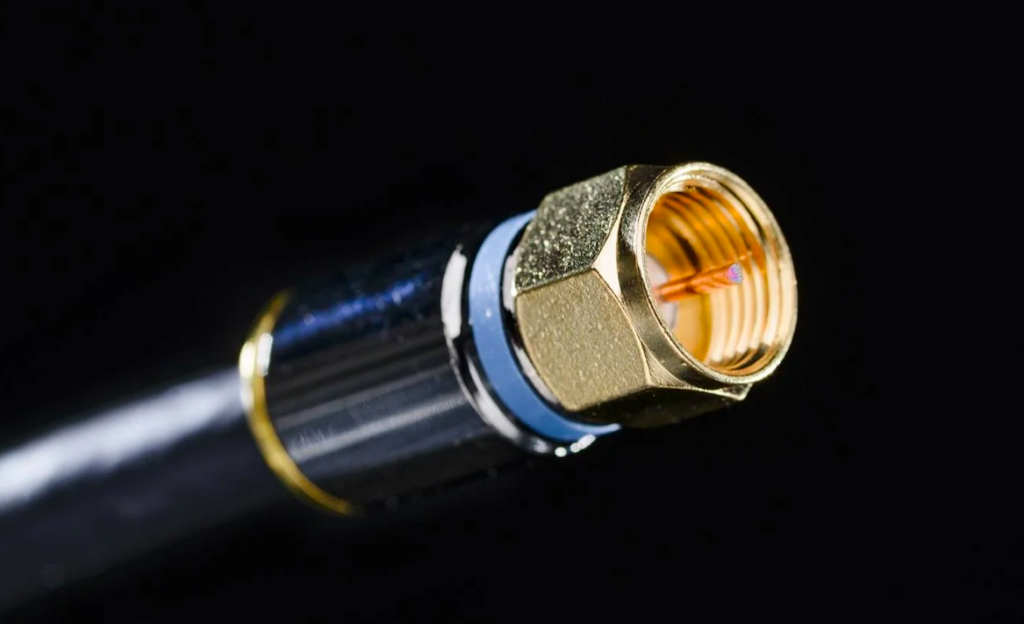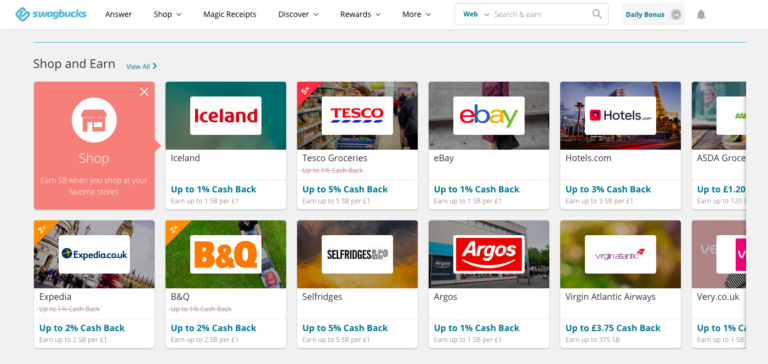Do You Need a Landline For Broadband In The UK?

In today’s fast-paced, interconnected world, having a reliable broadband connection is essential for both personal and professional purposes. Whether you’re streaming movies, conducting online research, or running a business, a stable and high-speed internet connection is a must.
However, one question that often arises when setting up broadband services is whether a landline is necessary. Here, we will explore the topic in detail and provide you with the information you need to make an informed decision.
Understanding Broadband Connections
Before we delve into the question at hand, let’s first understand the basics of broadband connections. Broadband refers to a high-capacity transmission technique that enables the simultaneous transmission of multiple signals and data over a wide range of frequencies. It is the most common form of internet connection used by households and businesses alike.
Broadband services in the UK are primarily delivered through three main technologies: digital subscriber line (DSL), cable, and fibre optic. DSL uses existing copper telephone lines to provide internet access, while cable utilises coaxial cables that also deliver television signals. Fibre optic, on the other hand, employs ultra-thin strands of glass or plastic to transmit data as pulses of light which is the latest technology.
Understanding Line Rental
Line rental refers to the fee charged by a telecommunications provider for the use of a physical telephone line. It is a recurring charge that customers need to pay in addition to their broadband or landline services. The term originated from the traditional landline telephone systems where physical copper or fibre-optic phone lines were used to transmit voice signals.
In the context of broadband services, line rental may include the cost of maintaining and providing the physical connection to your premises, as well as any associated infrastructure and network maintenance expenses. Even if you use a different type of broadband connection, such as fibre or cable, line rental may still be applicable because it often refers to the cost of accessing and using the provider’s network infrastructure.
Line rental charges can vary depending on the service provider and the specific package or plan chosen by the customer. Some providers may include line rental as part of their overall package price, while others may break it out as a separate charge. It’s important to carefully review the terms and conditions and pricing details provided by the service provider to understand the specific components included in the line rental fee.
It’s worth noting that with the advancement of technology, some providers offer broadband services without requiring a traditional landline connection. These providers may offer alternatives such as fibre-only broadband or mobile broadband, which do not involve line rental charges. However, in certain cases, even these alternative services may have an equivalent charge or a separate fee associated with accessing their own cable network and infrastructure.
Traditional Broadband Setup
Traditionally, landlines have been an integral part of broadband packages in the UK. Providers often bundled broadband and landline services together, requiring customers to have an active landline connection even if they primarily used broadband for internet access. This setup stemmed from the historical use of telephone lines for delivering internet services by using a landline connection to add a router (WiFi hub) to your home.
Landlines have been a long-standing infrastructure in the UK, with widespread coverage across the country. They offer a reliable means of communication and are commonly used for voice calls. Additionally, landlines have been necessary for accessing certain services like emergency services, dial-up internet, and alarm systems.
Comparing Broadband Types
There are several different types available, each with its own strengths and ideal use cases. Let’s explore some of the most common broadband types and how they are typically used.
1. Landline Broadband:
Landline broadband, also known as ADSL or DSL (Digital Subscriber Line), relies on traditional telephone lines to deliver an internet connection. This type of broadband is widely available and has been a staple for broadband customers for many years. It offers a consistent and stable connection, making it suitable for various online activities such as web browsing, streaming, and email.
Landline broadband is typically used in fixed locations, as it requires a physical connection to the telephone line. It’s still the most common configuration across the UK although outdated compared to Fibre broadband technology.

2. Fibre Broadband:
Fibre broadband, often referred to as FTTC (Fiber to the Cabinet) or FTTP (Fiber to the Premises), utilises fibre optic cables to transmit data at incredibly high speeds in the form of light signals. This type of broadband offers exceptional performance and is ideal for bandwidth-intensive activities such as streaming 4K or 8K videos, online gaming, and large file downloads.
Fibre broadband is typically available in urban areas and offers unparalleled speeds and reliability. Virgin Media have been installing fibre optic lines to major towns and cities across the UK in an effort to gain more customers by providing much faster speeds at similar prices to normal landline providers.
In comparison to Landline broadband, it’s essentially the same configuration but uses much more advanced technology. All leading providers are now rolling out Fibre broadband services for both businesses and households. A lot of roadworks you see on your travels are highly likely to be new fibre optic cables being installed underground.

3. Mobile Broadband:
Mobile broadband, as the name suggests, provides internet connectivity using mobile networks. It allows you to access the internet on the go, without the need for a fixed location or landline connection. Mobile broadband is often accessed through devices like smartphones, tablets, dongles or portable Wi-Fi hotspots.
It is suitable for light to moderate online activities, such as web browsing, checking emails, and staying connected on social media while travelling. However, due to factors like network coverage and potential data limitations, it may not be as reliable or fast as landline or fibre broadband.

4. Satellite Broadband:
Satellite broadband utilises satellites in space to provide internet connectivity. This type of broadband is typically used in rural or remote areas where other types of connections, such as landlines or fibre, may not be available. Satellite broadband can offer reliable internet access in areas with limited infrastructure, but it may have higher latency due to the distance data must travel to reach the satellite and back.
It is suitable for general web browsing, email, and light streaming but may not be ideal for latency-sensitive activities like online gaming or video conferencing. There are companies such as Starlink who specialise in satellite broadband if you are in extremely remote parts of the UK.

5. Cable Broadband:
Cable broadband operates over coaxial cables which were provided by cable television companies in the past. It offered high-speed internet connectivity which was often bundled with TV and phone services. Cable broadband is suitable for various online activities, including streaming, gaming, and downloading large files.
However, the speed and performance of cable broadband can vary depending on the number of users in a particular area who are sharing the same cable infrastructure. This type of setup is now outdated compared to modern fibre optic and ethernet cable configurations.

To summarise: When deciding which broadband type is right for you, consider your specific needs, location, and available options in your area. If you require faster speeds and have access to fibre broadband, it may be the best choice.
On the other hand, if you’re frequently on the move or live in a rural area, mobile or satellite broadband could be more suitable. Understanding the strengths and typical use cases of each broadband type will help you make an informed decision that aligns with your requirements.
The Emergence of Naked Broadband
In recent years, the demand for standalone broadband services has increased significantly. Customers who primarily use their mobile phones for voice calls or opt for internet-based communication methods, such as Voice over IP (VoIP), may find having a landline unnecessary. This change in consumer behaviour has prompted the emergence of naked broadband mobile providers.
The term ‘Naked broadband’ refers to a broadband connection that does not require an active landline which is basically the same as Mobile broadband. With naked broadband, you can enjoy all the benefits of a reliable and high-speed internet connection without the need to maintain an additional service that you might not fully utilise. This option provides flexibility and cost savings for those who prefer not to have a landline connection to their property.
In simple terms, it uses 4G and 5G type mobile networks via a satellite broadband service. The likes of EE, 3 Mobile, O2 and Vodafone all provide dongles which you can plug into your laptop and browse the web. You can also use your mobile as a hotspot and provide internet access to your laptop for example.
However, the performance and minimal drop-off still aren’t anywhere near as reliable as a landline or fibre-optic home hub installation. Technology keeps evolving and it’s likely we may see landlines vanish altogether in the next 20 years though.
Benefits of Having a Landline
While naked broadband offers advantages for certain users, it is important to consider the benefits of having a landline before making a decision. Here are some key advantages of retaining a landline connection:
- Reliability: Landlines are known for their reliability, especially during power outages or natural disasters. They do not depend on electricity and are typically more resilient than mobile networks.
- Emergency Services: In the event of an emergency, dialling emergency services through a landline can provide them with your exact location information. This can be crucial in situations where every second counts.
- Broadband and TV Bundles: Some broadband providers offer attractive bundles that combine broadband, TV, and landline services. If you enjoy watching television and prefer having a comprehensive package, these bundles can offer convenience and potential cost savings.
- Compatibility: Certain devices and services, such as monitored alarm systems, may require a landline connection for proper functionality. If you rely on such devices, it is essential to maintain a landline.
Making The Right Choice
Deciding whether you need a landline (cable connection) for your broadband ultimately depends on your specific requirements and preferences. Consider the following factors when making your decision:
- Usage Patterns: Assess how you primarily use your phone and whether you rely on landline features like voice calls, faxing, or alarm systems. If you rarely use your landline for voice calls and prefer alternative communication methods, naked (mobile) broadband might be a suitable choice if you travel a lot.
- Emergency Preparedness: Evaluate the reliability and functionality of your existing mobile network. If you live in an area prone to power outages or weak mobile signal coverage, a landline can serve as a backup communication option during emergencies.
- Bundled Services: Research and compare broadband and landline bundles offered by different providers. If you enjoy watching television and want the convenience of a single package, bundles might be an attractive option for you.
- Future Considerations: Anticipate your future needs and consider any potential changes in your usage patterns. Are you planning on having children or moving home? These are all major deciding factors to consider in your current situation.
Do You Physically Need A Landline To Have Broadband?
You still need a landline even if you’re not connecting a phone to it. This only applies if you require a router or hub device in your home. The term ‘landline’ is basically a wired connection to your property which is needed to have a WiFi router or hub installed.
If you choose to use mobile broadband or ‘naked broadband’ then you only need a dongle or portable router for laptop usage for example. Alternatively, just use your mobile phone network’s 4G or 5G connection where you can share your hotspot with other devices.
Most people now choose to use a mobile phone for calls which can be connected via WiFi to your (wired landline) broadband. Therefore, you don’t really need additional handsets as you can use WiFi calling via mobile which doesn’t use up your data whilst at home.
This is usually cheaper in most cases as it simplifies the installation and you’re not overpaying for both a landline phone and a mobile device. Millions of homes are now without a phone line as mobile technology has evolved over the last 15 years.
Conclusion
In conclusion, if you’re looking for a broadband-only deal or want to have broadband without a phone line, it’s worth exploring providers that offer such services. Many providers now offer standalone broadband packages that exclude the need to pay line rental for a traditional landline connection.
When comparing different broadband packages, one crucial aspect to consider is the average speed offered. Average speed refers to the typical speed you can expect to experience during your internet usage. It is an important consideration, especially if you engage in bandwidth-intensive activities like streaming high-definition videos, online gaming, or large file downloads. Look for packages that offer the desired average speed to ensure a smooth online experience.
Furthermore, it’s essential to review the terms and pricing details of each broadband package carefully. Take into account any additional costs, such as activation fees, equipment charges, or any hidden charges that may be associated with the selected package. By thoroughly understanding the pricing structure and terms, you can make an informed decision and avoid unexpected costs down the line.
Lastly, don’t forget to consider the availability of different broadband types in your area. While fibre broadband generally provides faster speeds and greater reliability, it may not be available in all locations. Therefore, it’s important to check with local service providers to determine the broadband options accessible to you and choose the one that best fits your lifestyle.
By considering factors like broadband-only deals, broadband without a phone line, paying line rental, and average speed, you can make a well-informed decision when selecting a broadband package. Remember to assess your internet usage habits, budget, and location to find the best broadband options.
A good starting point is to check if Fibre optic broadband is available in your area if you want a line connection to your property. With the right broadband choice, you can enjoy a fast and reliable internet connection that enhances your online activities and keeps you connected with the digital world with minimal downtime.






